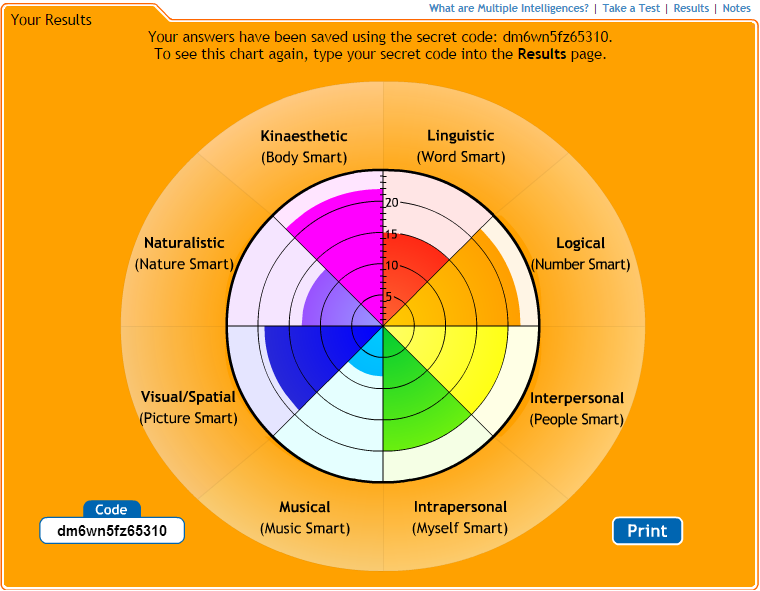DISCIPLINE
– BACK TALKING-
BACK TALKING is a experience of a lifetime, no matter who says another thing everybody loves speaking with their classmates in the perfect time to bother the teacher because that makes the talk more interesting.
However there is always something that makes the teacher turn their face to kill the talking that was so amazing. Or maybe we can remember that moment where everybody was talking very low that the talk sounds like a pray, yeah!! that sounds kind of funny but as teachers we have to AVOID that matter in an intelligent way.
I can remember many years ago when I was a student of secondary school in my first day of class my geography teacher asked me to go out of the classroom because I was talking. In that moment I felt that going out the classroom was the most amazing thing ever, I didn’t have to listen the boring teacher. But I don’t think that taking that attitude can help the students to learn, in many cases would be to promote (REWARDED) the talking because nobody in that age wants to be in class. In any case he wasn’t my only teacher, I used to have some others more intelligent that instead of asking me going out the class they used to tell me, Hey!! Alecxei what do you think about the topic we are cheking. or Hey Alecxei can you explain to yours classmates what you have understood about the lesson, I mean they instead of promote my talking they tried to stifle my talking, making me to put attention to their class. For me that can be a really nice way of stop back talking.
Sometimes the teachers can think (if a take my student into another place he/she can be quite) WRONG !!! why, in mexico we call it «cockroach effect» if someone wants to talk for sure is going to talk in any place he or she is. maybe that action can solve the problem for a while because maybe he doesn’t know his new talker partner so good but in the moment they know each other they are going to talk in the same way that they used to do, the better action is to take an action cognitive behavioral that involve all the students in more activities that can solve the problem, don’t forget that the teacher can be the problem. thats a real problem that we have to solve by fixing our behaviour and making it more interesting and attractive for students to listen the class, our beautiful voice can be kind of boring for our students, I used to have a teacher of Human rights that have a nice soft and low voice at 7 am that makes the students focus on their dreams that is not back talking, is worse, is a total lack of motivation that makes the students no to focus on what they are doing and keep talking and dreaming, remember if somebody start a back talking everybody in the class is going to do it for sure.
Remember that solving the problem in a nice way can be more effective that yelling at the students or been impolite, all of us have been students that understand what is back talking and what’s the better way to stimulate students to pay attention.




